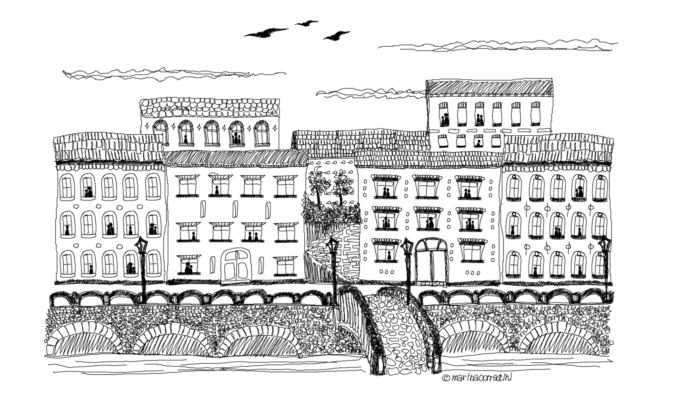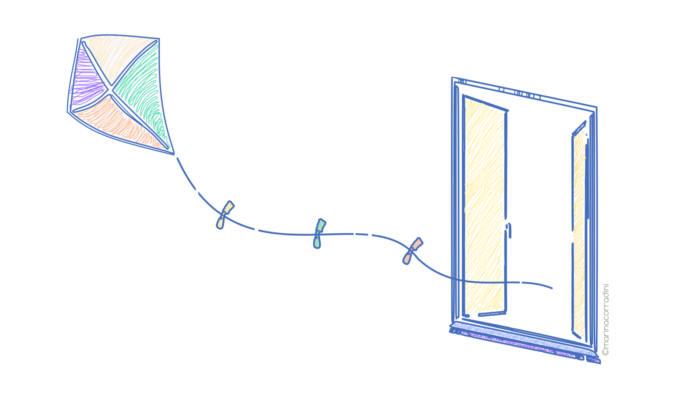In this period of confinement, most of the virtual interactions and news about the world come from the web and mainly social media. Today, we suggest looking at social media from the point of view of an early career scientist (ECS) and why we should (or should not) use them in our career path. In the next weeks, most of the international conferences will move on online virtual meetings and ...[Read More]
Seismology in the time of COVID-19
The COVID-19 pandemic has brought us somewhere new. With many of us confined to our homes, the Seismology ECS representatives launch a new blog series, where they put together articles, reflections, and stories to accompany the community through this unprecedented historic period. Read the articles here: ◆ Creating Value for Safety: from earthquake preparedness to pandemic outbreak response ◆ ...[Read More]
Creating Value for Safety: from earthquake preparedness to pandemic outbreak response
Disasters happen world-wide, almost every day. If you are an earthquake seismologist (or engineer), chances are good that seismic hazard is in your daily diet. Developing an earthquake scenario, estimating the seismic hazard, assessing the risk, regulating the land use: we usually conduct these tasks to limit the socio-economic impact of a seismic event. However, when planning and coordinat ...[Read More]
Ten years after the 2010 Maule earthquake: how science and ancestral knowledge build-up resilient societies

At 3:34 a.m. (local time) on February 27, 2010, a magnitude Mw 8.8 earthquake occurred in Central Chile and extended over around 500 km along the Maule and Bio Bio regions, a convergent zone between the Nazca and South America plates (Figure 1a). The occurrence of this large earthquake in the context of active subduction zones, as Central Chile, was expected by many Chilean and European res ...[Read More]



